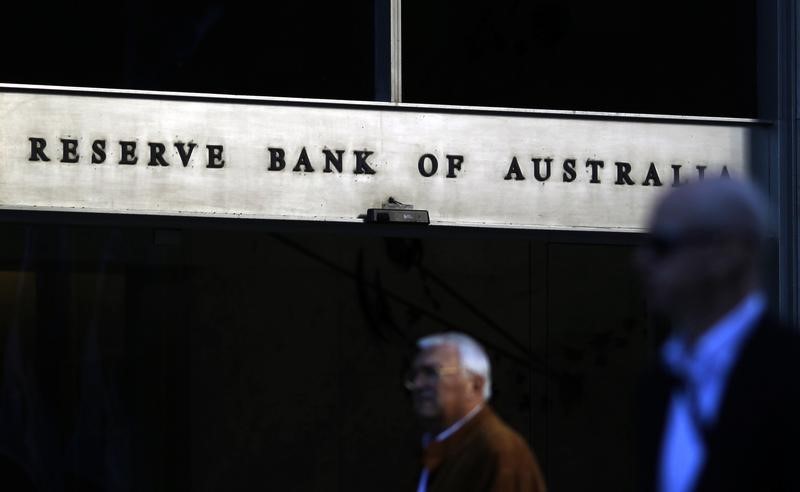Investing.com– The Reserve Bank of Australia is widely expected to raise interest rates when it meets on Tuesday, following signs of a resurgence in inflation and some hawkish comments from central bank officials.
The RBA is expected to raise its to 4.35%, as stronger than expected released in October saw a string of analysts adjusting their expectations.
Australian banks ANZ and Westpac both brought forward their forecasts for a hike to November from December, while UBS and ING also expect a rate hike at the RBA’s November 7 meeting.
This was accompanied by a warning from new RBA Governor Michele Bullock that inflation risks still persisted and that more rate hikes were likely needed, although Bullock also noted that the third-quarter inflation reading was only slightly above consensus.
But since then, stronger-than-expected for the third quarter furthered the notion of a November hike, as it indicated that consumer spending showed little signs of cooling despite high interest rates.
Australia’s jobs market also showed few signs of cooling, and was a major supporter of retail spending this year. The country’s recently hit a record high, while remained low.
But while inflation rose in the third quarter, it beat expectations only by a small margin. This saw some analysts predict that the RBA’s decision to hike may be a close call.
“It is going to be a finely balanced decision and a decision to hold still can’t be ruled out entirely. An increase this month won’t be the outcome the RBA had hoped for. But given the strength of their rhetoric around upside surprises, I don’t think they will try to craft a rates-on-hold story,” Luci Ellis, Chief Economist at Westpac Group wrote in a recent note.
The rose 0.1% to a two-month high on Monday in anticipation of Tuesday’s decision. Local stocks lagged their broader Asian peers, with the up 0.3%.
The RBA had hiked rates by a cumulative 400 basis points since early-2022, as it sought to contain a post-COVID spike in inflation. It kept rates on hold since May, as inflation eased steadily from 30-year peaks hit earlier this year.
But given that inflation was still well above the RBA’s 2% annual target, the bank left the door open for more rate hikes, if necessary. With inflation seeing some resurgence in the past three months, markets began pricing in another potential rate hike.
Australian economic growth is expected to cool substantially in the coming months, amid pressure from high interest rates and sticky inflation. Sluggish economic growth has also kept the RBA somewhat cautious over more rate hikes, given that the bank had repeatedly signaled that it intends to strike a balance between battling inflation and fostering economic growth.
Read the full article here
